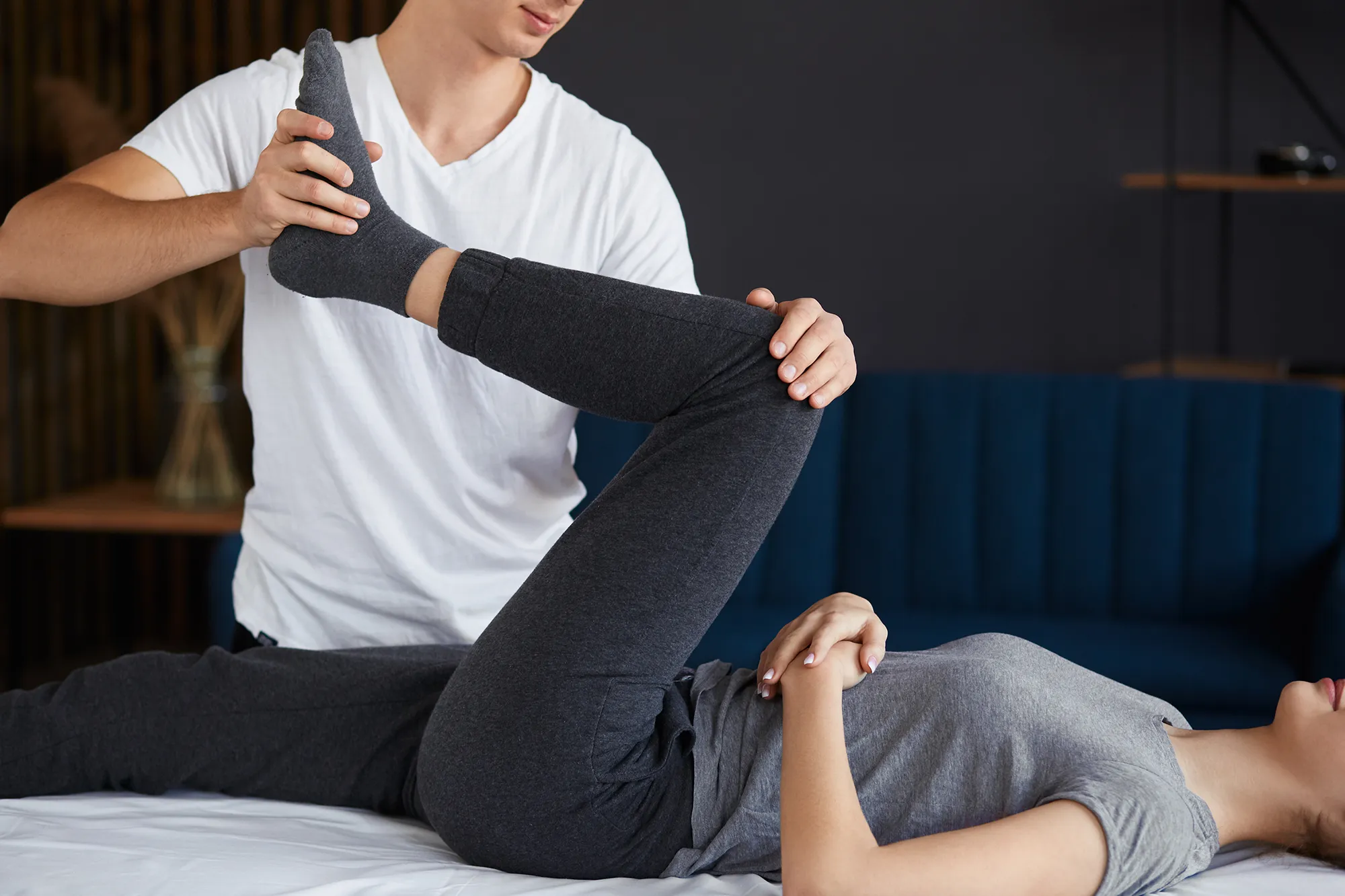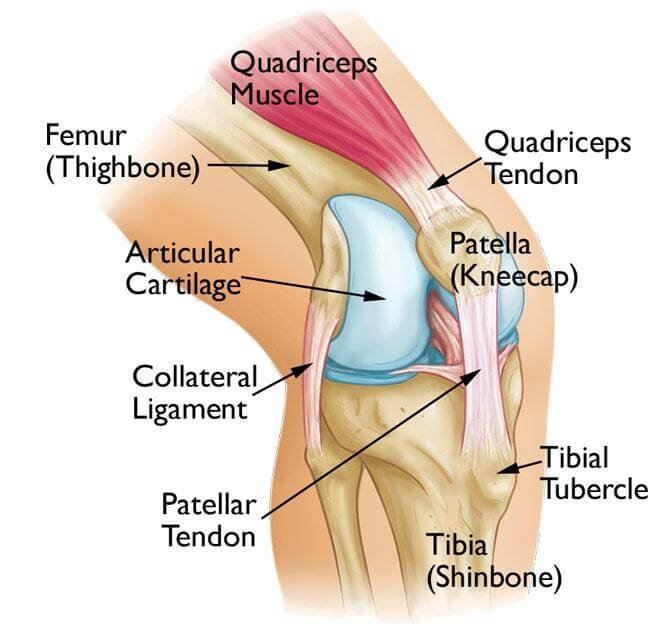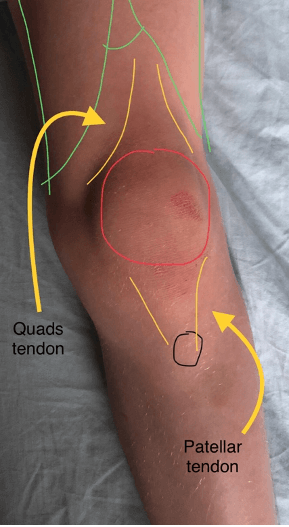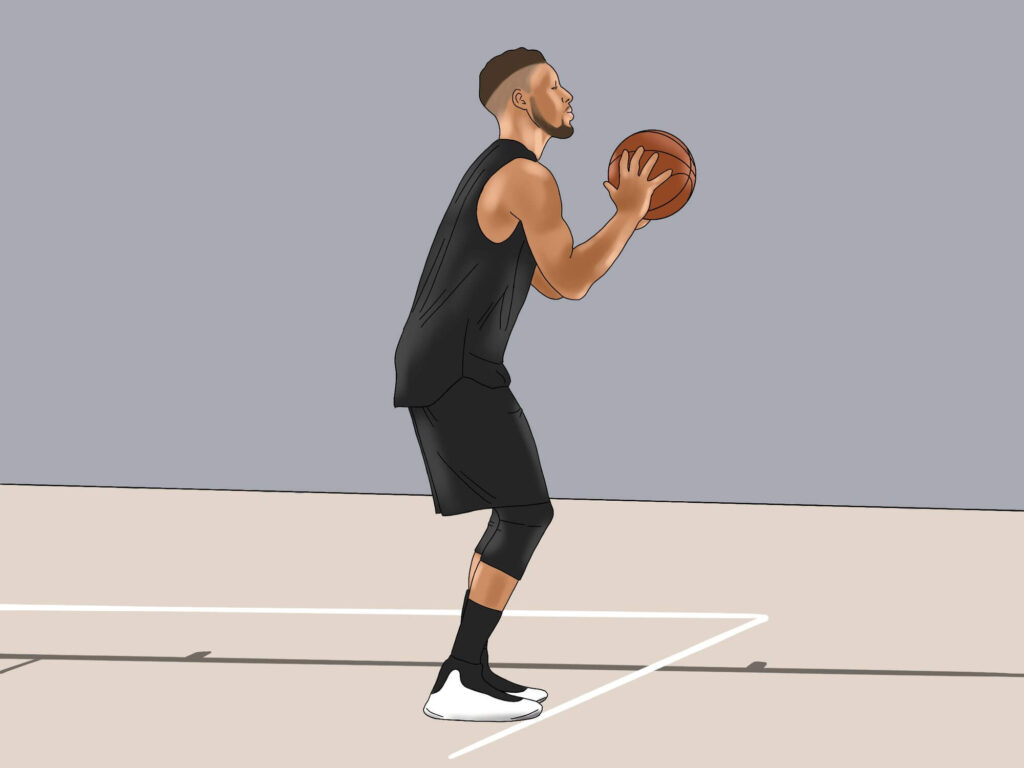As a parent, it can be difficult to watch your child struggle with pain and discomfort. One common condition that affects active teenagers is Osgood-Schlatter syndrome. This condition, also known as Osgood-Schlatter disease, is a common cause of knee pain in growing adolescents. It is caused by inflammation of the patellar tendon where it attaches to the tibia, resulting in a painful bump just below the knee. In this article, we will discuss how to navigate life with Osgood-Schlatter and provide tips for managing the symptoms.

Symptoms and Diagnosis
The most common symptom of Osgood-Schlatter syndrome is pain and swelling just below the knee. This pain is usually worse with physical activity, such as running, jumping, or climbing stairs. The affected area may also be tender to the touch. In some cases, a bony bump may develop just below the knee. This bump is a result of the inflammation and can be seen on an X-ray.
To diagnose Osgood-Schlatter syndrome, a doctor will perform a physical exam and may order an X-ray to confirm the presence of the bony bump. In some cases, an MRI may be necessary to rule out other conditions.
Treatment and Management

The good news is that Osgood-Schlatter syndrome usually resolves on its own once the child has finished growing. However, in the meantime, there are steps that can be taken to manage the symptoms and help your teen continue to participate in their favorite activities.
One of the most important things to remember is to avoid activities that aggravate the pain. This may mean taking a break from sports or other high-impact activities for a period of time. Ice and over-the-counter pain relievers can also help with pain and inflammation. In some cases, a doctor may recommend physical therapy to help strengthen the muscles around the knee and reduce pain.
Sinding-Larsen-Johansson Syndrome vs Osgood-Schlatter
Sinding-Larsen-Johansson syndrome is a similar condition that affects the patellar tendon, but it occurs in a different location. While Osgood-Schlatter affects the tibial tuberosity, Sinding-Larsen-Johansson affects the inferior pole of the patella. This condition is also more common in younger children, while Osgood-Schlatter is more common in adolescents.
The treatment and management for Sinding-Larsen-Johansson syndrome are similar to that of Osgood-Schlatter. However, it is important to note the differences between the two conditions and seek proper diagnosis and treatment.
Coping with Osgood-Schlatter
Having Osgood-Schlatter syndrome can be frustrating for a teenager who is used to being active and participating in sports. As a parent, it is important to provide emotional support and help your teen find alternative activities that they can still enjoy. Encouraging low-impact activities such as swimming or cycling can help your teen stay active while allowing their knee to heal.
It is also important to educate your teen about the condition and the importance of following their doctor’s recommendations for treatment and management. With proper care and support, your teen can navigate life with Osgood-Schlatter and continue to thrive.
Do you have any tips for managing Osgood-Schlatter syndrome? Share them in the comments below.




